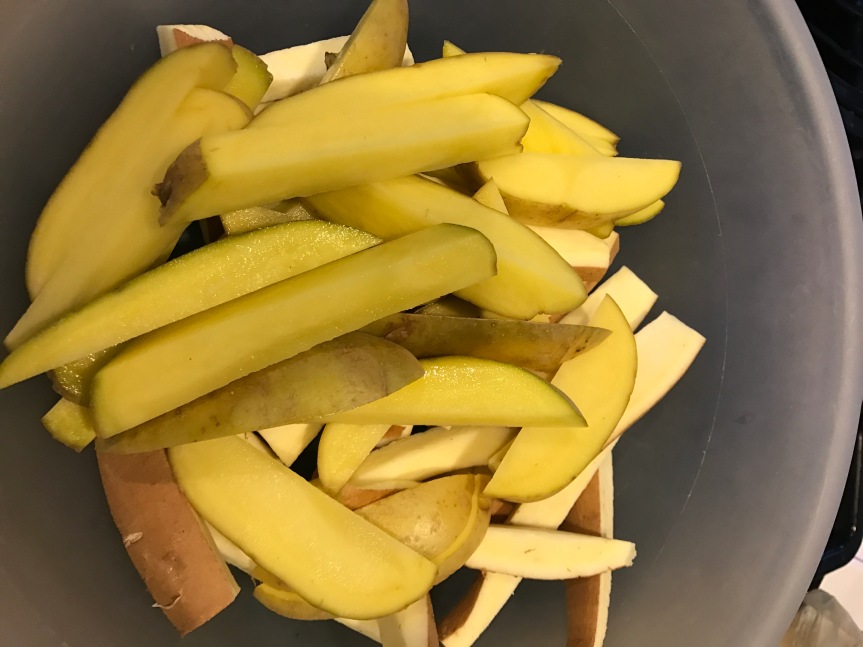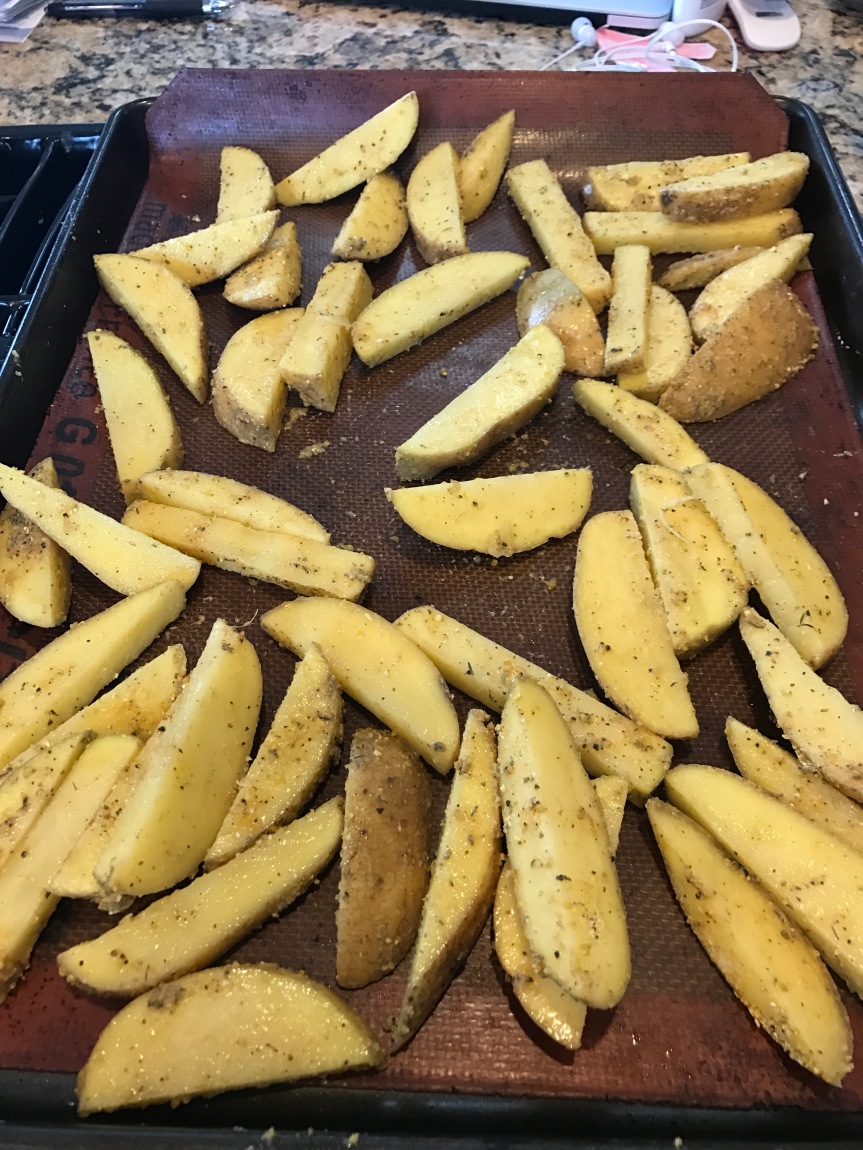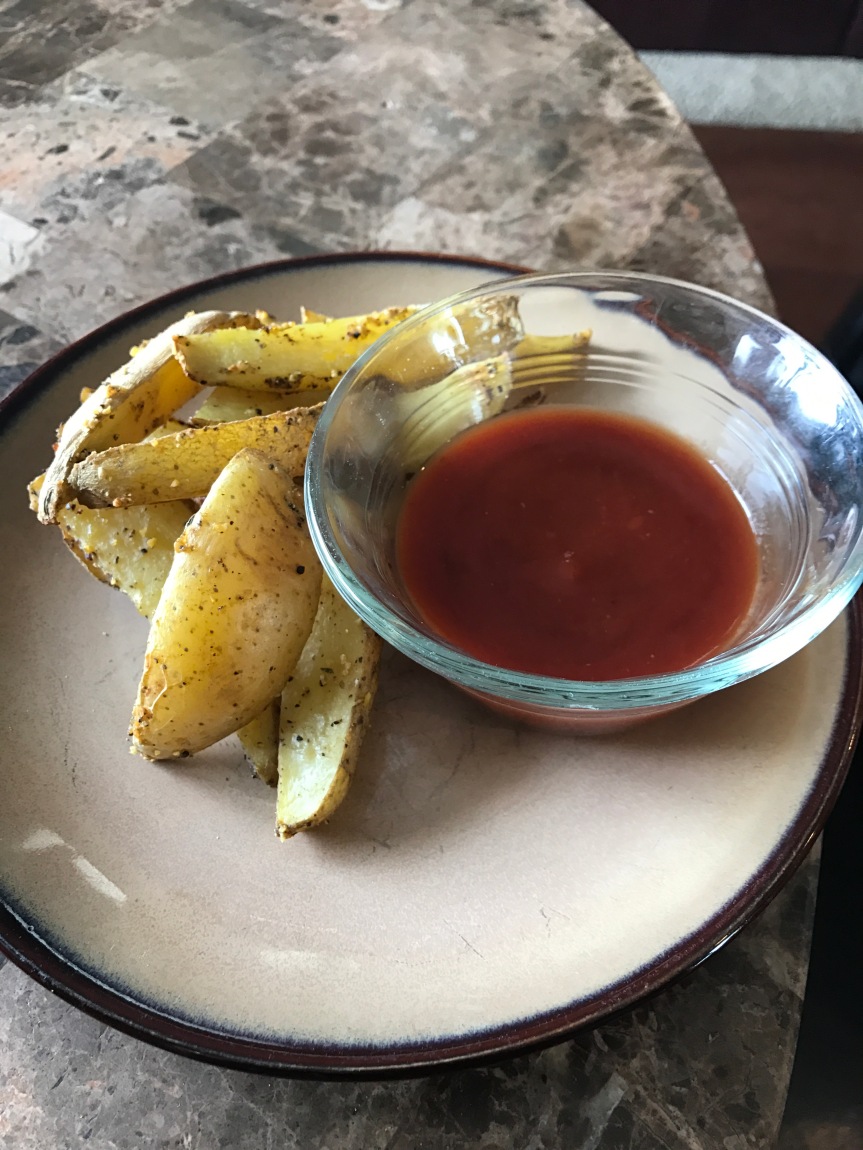This post may be a bit on the dense side but it’s about a real killer in our country and deserves a mention. I’m talking about diabetes. It’s a disease that causes a ghastly number of conditions from blindness, kidney disease and lower limb amputations. It’s also implicated in heart attacks and strokes and can cause debilitating nerve pain. A staggering 20% of health care dollars are spent on people who have diabetes (one in five). One in THREE Medicare dollars are spent on it. According to the CDC, over 29 million adults have diabetes (6 million of them don’t know it) and of that 29 million? Over 27 million of them have type 2 which is a completely preventable and reversible illness.

source: www.cdc.gov
Now that we’ve gotten the statistics out of the way, we’re going to delve into the whys and hows of it. In Type 1 diabetes, the body doesn’t make insulin which is a hormone responsible for getting sugar from the blood, into the cells that need it. Type 2 diabetes (T2D) is a disease in which the cells don’t use that insulin properly. If insulin doesn’t work or isn’t produced, the sugar builds up and over time causes damage to the kidneys, nerves, blood vessels and a host of other body parts.
The general practice of managing T2D has been to limit sugar and give extra insulin for the sugar you do eat. At first glance that makes sense right? If too much sugar is damaging the body, you should limit the intake. It seems to be a complete no brainer. The problem with that approach is that it is a symptomatic treatment which doesn’t address the root cause. This is going to be vastly simplified but hopefully it’ll all be clear at the end. The way the insulin gets that sugar into a cell is by fitting into a receptor, kind of like a lock on the surface of that cell. With Type 2 diabetes, the “lock” has been blocked or ‘gummed up’ and when the lock is inoperable, the insulin “key” can’t open the cell to let the sugar in. What’s it gummed up by? Fat, pure and simple. This isn’t the fat that we carry on our hips or waist (although those can be visual indicators), this fat is deep within the cell and when you adopt a low-fat, plant-based diet, this fat goes away. Once the fat is gone, the insulin resistance is gone (or reduced significantly) and insulin can do it’s job again. Eating a plant based diet helps with this because without animal products, there’s no saturated fat, no cholesterol and for many people, losing weight comes as a nice secondary effect.
There have been studies that compare eating the way the American Diabetes Association (ADA) recommends and a low fat, plant based diet (PB). Over 22 weeks, people on the PB diet lowered their Hgb A1C (which is a measure of your sugar levels over the last three months) more than the ADA diet group AND in a 5 year follow up, had less cardiac events (including death) than the ADA group.¹ The other thing that was striking about the differences between the two ways of eating is that they are essentially polar opposites. The ADA models a portion control diet with certain foods restricted or forbidden. The PB diet only eschews oil and limits natural fats like nuts and avocados. The rest of the diet is one of plenty with no measuring, counting or tracking. Which do you think is more sustainable?
Other studies point to the prevalence of eating meat being implicated in increased incidence of diabetes: the higher the meat consumption, the higher the probability of diabetes. Many studies show a PB diet appears protective towards developing diabetes. ²
Finally, we’re on to the good stuff: the food. Potatoes used to be considered definite no-nos on a “diabetic” diet but thinking has changed and they can be allowed. Here’s where that restriction and portion control fits in however. About 45g of carbohydrates are “allowed” per meal and one medium potato can take care of that allotment by itself, never mind any green beans, carrots or other vegetables. This is where a low fat, plant based diet shines. Because potatoes are wonderful. They’re fabulous, filled with antioxidants, electrolytes and fiber. They can keep you regular, they can help lower your cholesterol and blood pressure…there’s a fair amount of nutrition packed in these unassuming tubers. The key to eating these is to not fry them or douse them with the usual suspects: butter, sour cream or cheese . Additionally, choosing potatoes that have a lower glycemic index (which is an expression of how much a food spikes blood sugar) can help. Sweet potatoes have a lower GI but so do white potatoes that have been cooked, stored and then eaten the next day (hello, potato salad!)
Oven fries are nothing new as many people are trying to be healthier. A quick Google search, however, yields recipe after recipe that calls for oil, as much as 1/4 cup. We’ll talk more about oil in another post but suffice it to say that if you are trying to get rid of that intracellular fat, eating fat is not going to help. These oven fries are oil free and so amazingly delicious. I’ve yet to make a batch that isn’t mostly gone before I can even put them on a plate; my girls wander into the kitchen, drawn by the smell and grab them by the handful.
I got my inspiration from Cooking with Plants. Cut your potatoes into a fry shape, trying to keep them mostly the same size.
 I’ve done this with russet, Yukon and sweet potatoes and they all turn out delicious. This was a mixture of Yukon and sweet. Put the potatoes in a bowl and toss with:
I’ve done this with russet, Yukon and sweet potatoes and they all turn out delicious. This was a mixture of Yukon and sweet. Put the potatoes in a bowl and toss with:
- 2 tsp dried herbs
- 1/4 tsp pepper
- 1/2 tsp salt
- 2 tablespoons nutritional yeast
- 1 tablespoon cornstarch
- 2 T of coarse corn meal (polenta)
- 2 tsp braggs amino acids
Put on a baking sheet and cook at 400 degrees F .

Flip and test the potatoes about 20 minutes in. Mine took about 30 total and I did pull some of the smaller “fries” out so they wouldn’t burn.
The final product, served with a homemade smoky barbecue sauce. I had to snag these before my daughters stuffed all of them in their mouths.

I started teaching Food for Life classes to help people eat better in a fun, delicious way. The Diabetes Initiative is a FFL course from the PCRM that teaches you the basics of how to begin eating this way. You receive recipes and get to taste delicious food. Contact me to find out how to sign up for this life saving class.
Information cited in this post:
1) Barnard ND, Cohen, J, Jenkins DJ, et al. A low-fat, vegan diet improves glycemic control and cardiovascular risk factors in a randomized clinical trial in individuals with type 2 diabetes. Diabetes Care. 2006;29:1777-1783.
2) http://nutritionfacts.org/video/plant-based-diets-and-diabetes/ (this page contains cites for studies referenced in the video)
